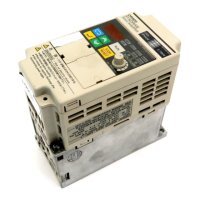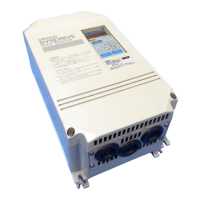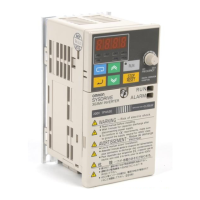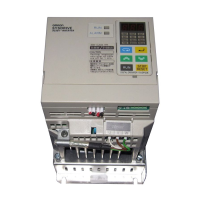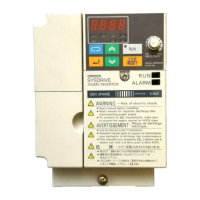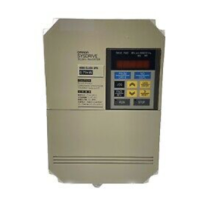1-6
H Dwell Function
• By
holding the output frequency for a constant time during acceleration
and deceleration, acceleration
and
deceleration can be performed without stepping out even when driving a motor with a large start
-
up load.
H Low Noise (0.4- to 160-kW Models)
• The
output transistor of the Inverter is an IGBT (insulated gate bipolar transistor). Using a sine-wave
PWM method with a high-frequency carrier, the motor does not generate metallic noise.
H Monitor Function
• The following items can be monitored with the Digital Operator.
Frequency reference, output frequency, output current, motor speed, output voltage reference,
main-circuit
DC voltage, output power
, torque reference, status of input terminals, status of output
terminals,
operating status, total operating time, software number
, speed deviation value, PID feed
-
back value, fault status, fault history, etc.
• All types of data can be monitored even with multi-function analog output.
H Seven-language Digital Operator (from Software Ver. VSG101113)
• Application
as a global inverter is enabled by displays in Japanese, English, French, German,
Italian,
Spanish, or Portuguese.
• The
Digital Operator area utilizes a 16-character x 2-line liquid crystal display
. Parameter setting items
and
monitor display can be easily read in any of seven languages to operate the Inverter
in a conversa
-
tional style.
H Harmonic Countermeasures (0.4- to 160-kW Models)
• DC reactors (optional) can be connected to 0.4- to 15-kW models.
• Models of 18.5 to 160 kW have a built-in DC reactor.
H Parameter Hierarchy and Three Types of Access Levels
• The
3G3FV has a number of parameters for carrying out the various functions. These parameters
are
classified into hierarchical levels to make them easier to use. The levels are as follows, from top to
bottom: Mode Group Function Parameter.
Level name Contents
Mode Classified according to operation
Operation mode: For operating the Inverter. (All kinds of monitoring
are possible.)
Initialize mode: For selecting the language displayed at the Digital
Operator, setting access levels, and initializing.
Program mode: For setting parameters for operation.
Auto-tuning mode: For automatic calculation or setting motor
parameters. (Only under the vector control mode.)
Modified constants mode: For setting or referencing parameters
changes after shipping.
Group Classified by application.
Function Classified by function.
Parameter Individual parameter settings.
Introduction Chapter
1
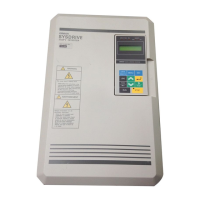
